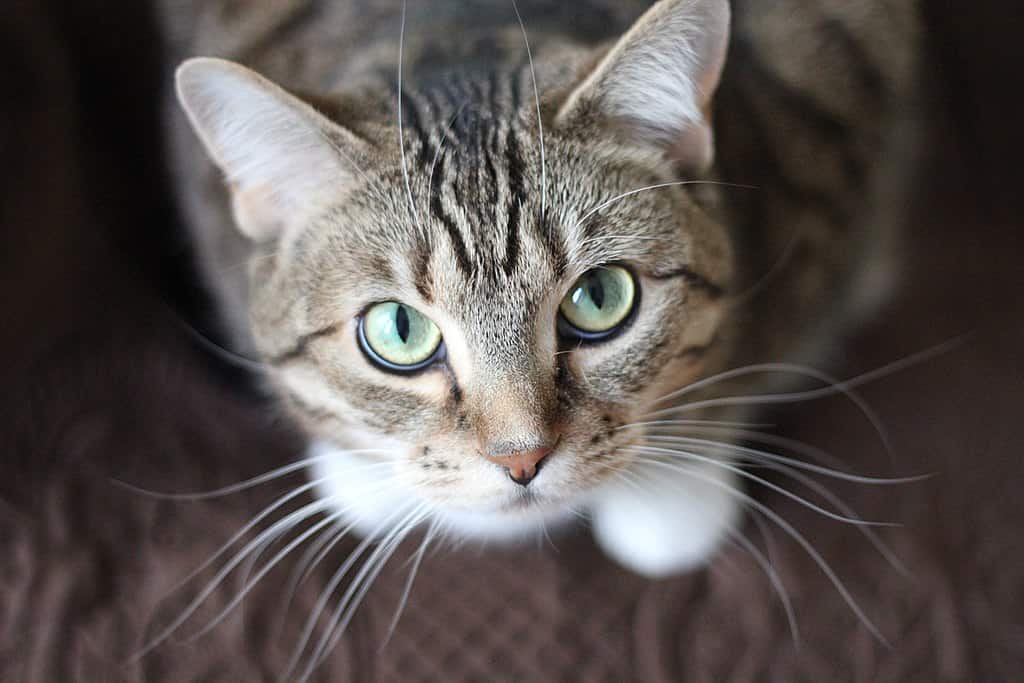A significant number of cats in Poland have recently died after catching a highly pathogenic form of bird flu. The virus is a subtype of avian influenza A known as H5N1. While cases of H5N1 infections in cats have been documented before, this is the first instance of a larger outbreak affecting numerous cats across a wide geographic region.

A group of forty-six cats and one captive caracal, a wild cat also known as the desert lynx, underwent testing for H5N1. Out of the total, twenty-nine cats tested positive, the World Health Organization (WHO) said. Eleven cats died from the illness, while an additional fourteen had to be euthanized due to the development of viral symptoms.
The European Food Safety Authority (EFSA) advised pet owners to take precautions to protect their animals. The EFSA recommended keeping domestic cats and dogs away from dead or diseased animals to avoid potential exposure. In areas where the disease has been confirmed in wild birds, they have advised to confine cats indoors and keep dogs on leashes.
While human risk of contracting the virus in Poland is currently considered low, individuals who own cats or come into contact with cats carrying the disease are categorized as having a moderate risk. As of now, there have been no reported symptoms among those who have been in contact with cats positive for H5N1.
“The risk of human infections following exposure to infected cats at the national level is assessed as low for the general population, and low to moderate for cat owners and those occupationally exposed to H5N1-infected cats, such as veterinarians, without the use of appropriate personal protective equipment,” a WHO statement reads.
Tracing the origin
The European Centre for Disease Prevention and Control released a report expressing uncertainties about the source of infection, and the WHO said that the origin remains unknown. It suggested various possibilities, including contact with infected birds or their environments, consumption of infected birds, or ingesting contaminated food.
Local media outlets have linked the outbreak to contaminated meat. Out of the 24 cats that tested positive for H5N1, 13 were found to have been fed raw poultry meat. A woman in southern Poland, for example, fed her cat raw chicken from the supermarket. After eating, the cat became sick and eventually died.
The World Organization for Animal Health (WOAH) said the widespread distribution of cases suggests that cat-to-cat transmission is not the primary mode of spread. Instead, it seems to be linked to a common source of infection. Experts have also highlighted that the virus exhibited two mutations that promote better transmission in mammals.
“There is a recent paradigm change in the ecology and epidemiology of avian influenza which has heightened global concern as the disease spread to new geographical regions and caused unusual wild bird die-offs, and alarming rise in mammalian cases,” Gregorio Torres, head of science at WOAH, said in a media statement earlier this week.
The H5N1 avian influenza viruses initially emerged in 1996 and have since been causing outbreaks in bird populations. From 2020 onwards, a variant of these has been responsible for an unprecedented number of deaths in wild birds and poultry across various countries in Africa, Asia, and Europe. The virus now keeps expanding.
In 2022, 67 countries on five continents reported H5N1 avian influenza outbreaks in both poultry and wild birds. This resulted in over 131 million domestic poultry either dying or being culled in affected farms and villages. This year another 14 countries reported outbreaks, primarily in the Americas, as the disease continued its spread.


